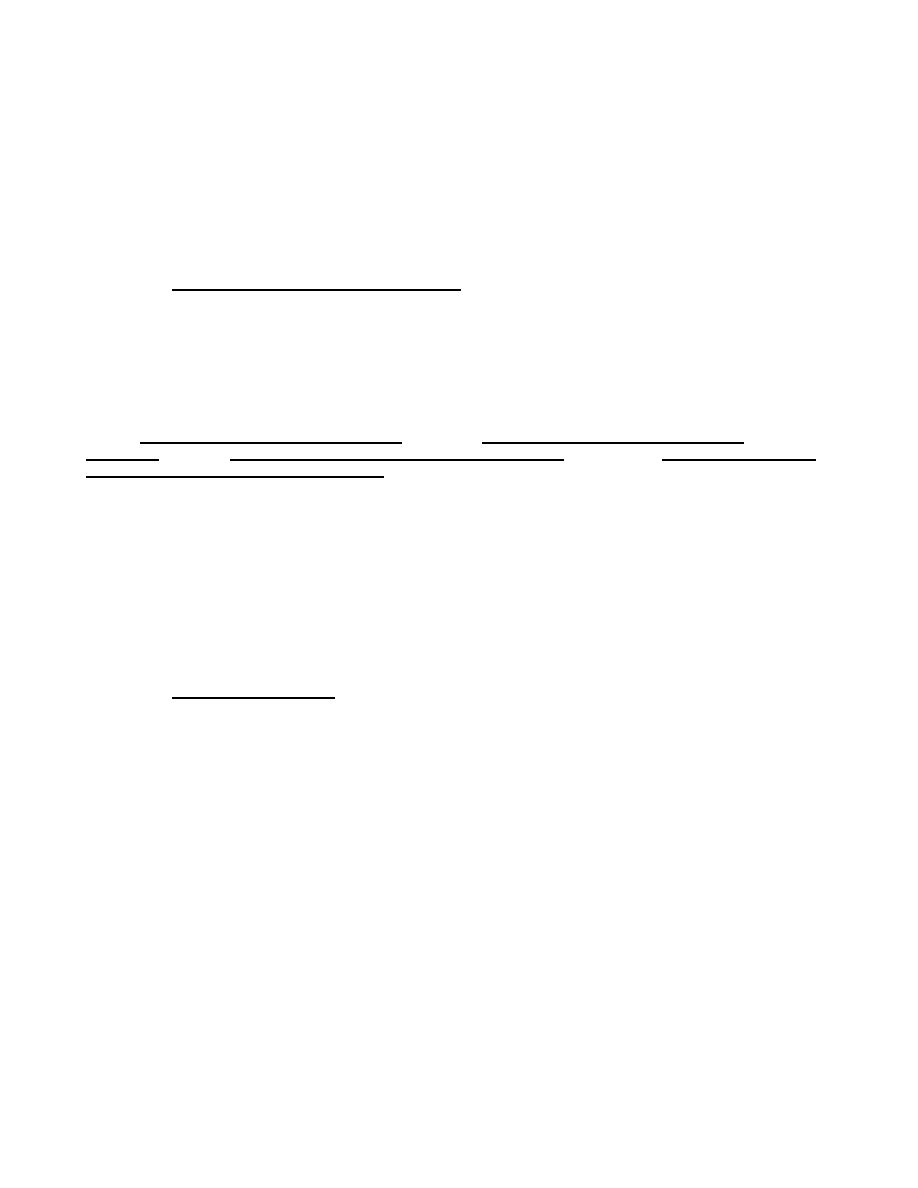
| Tweet |

Custom Search
|
|

|
||
 MIL-HDBK-1038
Rolling element bearings are not ideally suited for travel truck
swiveling because of the limited amount of rotation and the resulting tendency for
brinelling at the roller contact points on the races. However, their low
resistance to rotation reduces the loads and wear on the travel wheel flanges.
For those reasons, rolling element bearings are common in such applications, but
they must be selected conservatively and must include any additional design
factors that may be recommended by their manufacturer for this application.
5.2.11
Gudgeon and Gudgeon Pin Bushings. These bushings, designed as paired
sets, are sized for the highest combination of all horizontal loads and reactions
due to the load combinations of paragraph 5.1.2.4.b above. The maximum bearing
pressures are based on the net projected areas. The wall thickness is required to
be at least 1/6 of the finished bore but need not exceed 1.00 inch. The grease
grooves are required to be a minimum of 1/8 inch deep, 1/4 inch wide, and
terminate 3/8 inch from the end of the bushing. The edges of the grease groove
must be rounded to 0.005 to 0.015 inch radius. (The edge radius may be ignored in
calculating the net projected area.) The bronze castings must comply with ASTM
B148, Aluminum Bronze Sand Castings; B271, Copper-Base Alloy Centrifugal
Castings; B505, Copper-Base Alloy Continuous Castings; or B584, Copper Alloy Sand
Castings for General Applications; and the casting process must ensure a
homogeneous distribution of the alloy elements.
For bushings on the gudgeons (vertical axis), maximum bearing pressure is
limited to 10 percent of the bushing alloy yield strength. The recommended
material for these bushings is heat treated aluminum bronze, conforming to Copper
Alloy UNS C95400.
For bushings on the gudgeon pins (horizontal axis), maximum bearing
pressure is limited to 20 percent of the bushing alloy yield strength. The
recommended material for these bushings is high-leaded tin bronze, conforming to
Copper Alloy UNS C93200.
5.2.12
Travel Truck Float. The need to negotiate sharp turns around heads of
drydocks introduces distortions to the steering/travel geometry of the travel
truck system that can be accommodated only by a unique design feature commonly
referred to as "float" the ability for the travel trucks to shift laterally
within their gudgeon assemblies. The amount of float is determined by combining
the geometric effects of increased effective gauge between opposite travel trucks
on the curve (because their straight-track common axis pivots with respect to the
radius of the curve) and because the different "heights" of the opposite circular
segments of travel truck frames and equalizers on the inner and outer rail
curvatures. Figure 27 demonstrates these effects graphically for a 32-wheel
portal crane.
Installed crane rail systems consider these detrimental effects and
provide partial compensation by reducing the rail gauge in the curves.
Nonetheless, such reduction cannot fit different travel truck configurations and
float is always required. The typical crane designs have from 1.0 to 3.0 inches of
float to either side of each travel truck. The gauge of the main gudgeons should
be selected so the amount of float inward and outward is approximately equal. The
maximum available float and the maximum travel wheel flange-to-rail clearance must
be included in the design of the system and the portal base. The calculation of
required float is a
140
|
 
|
|
 |
||